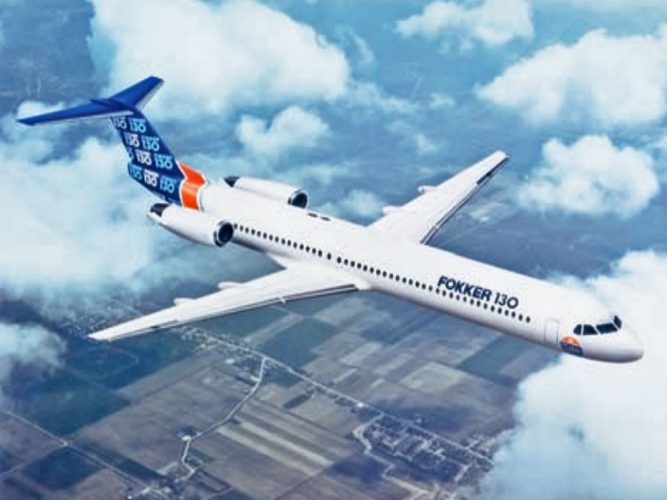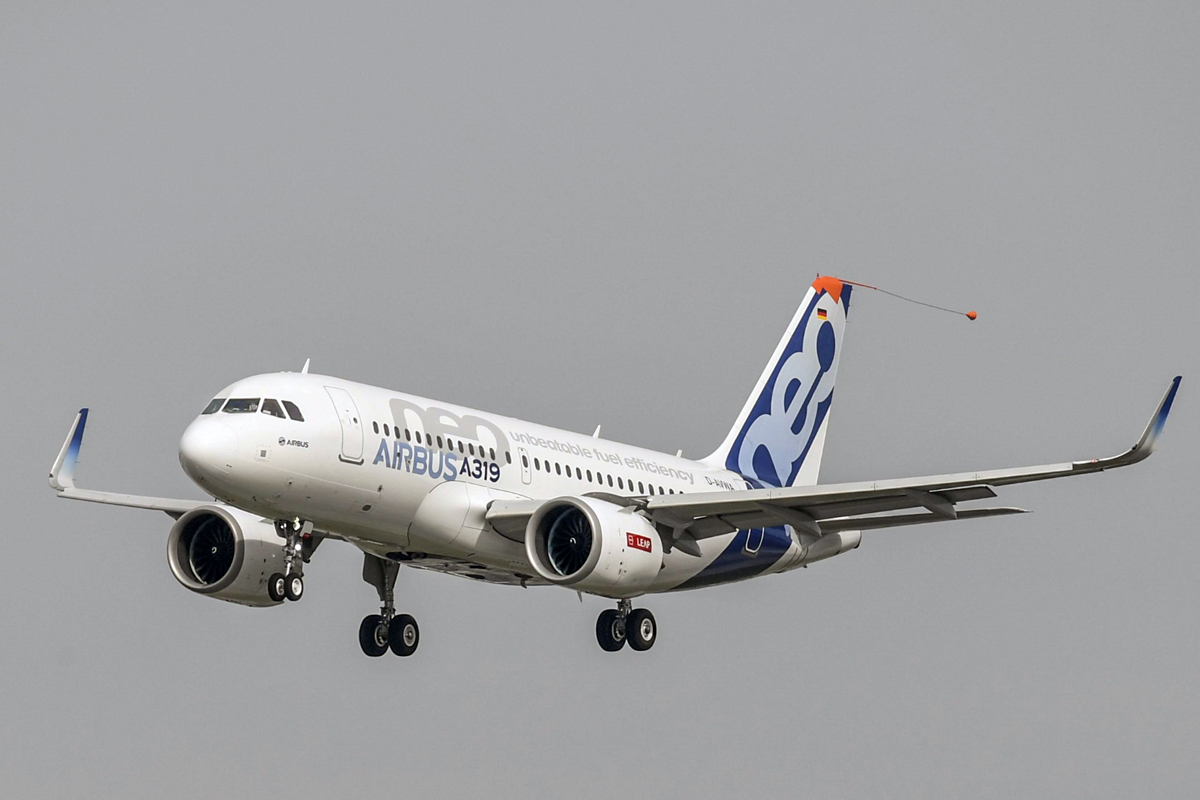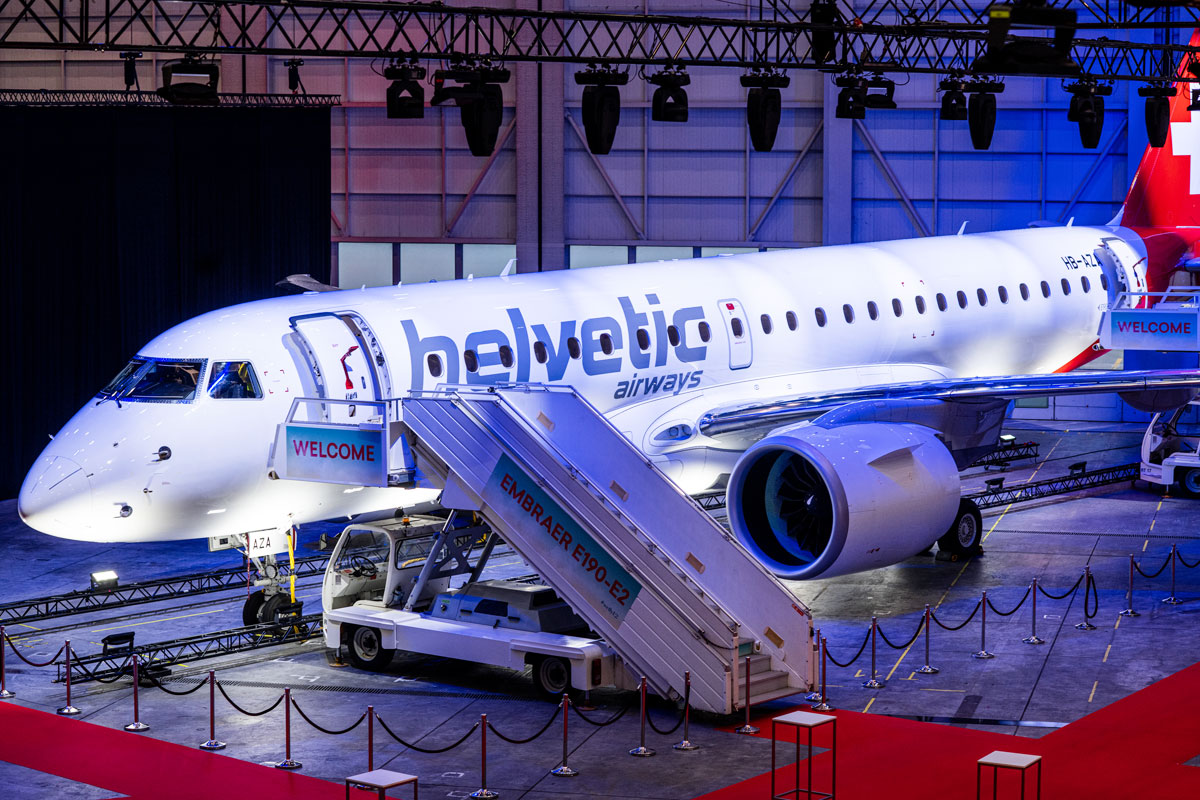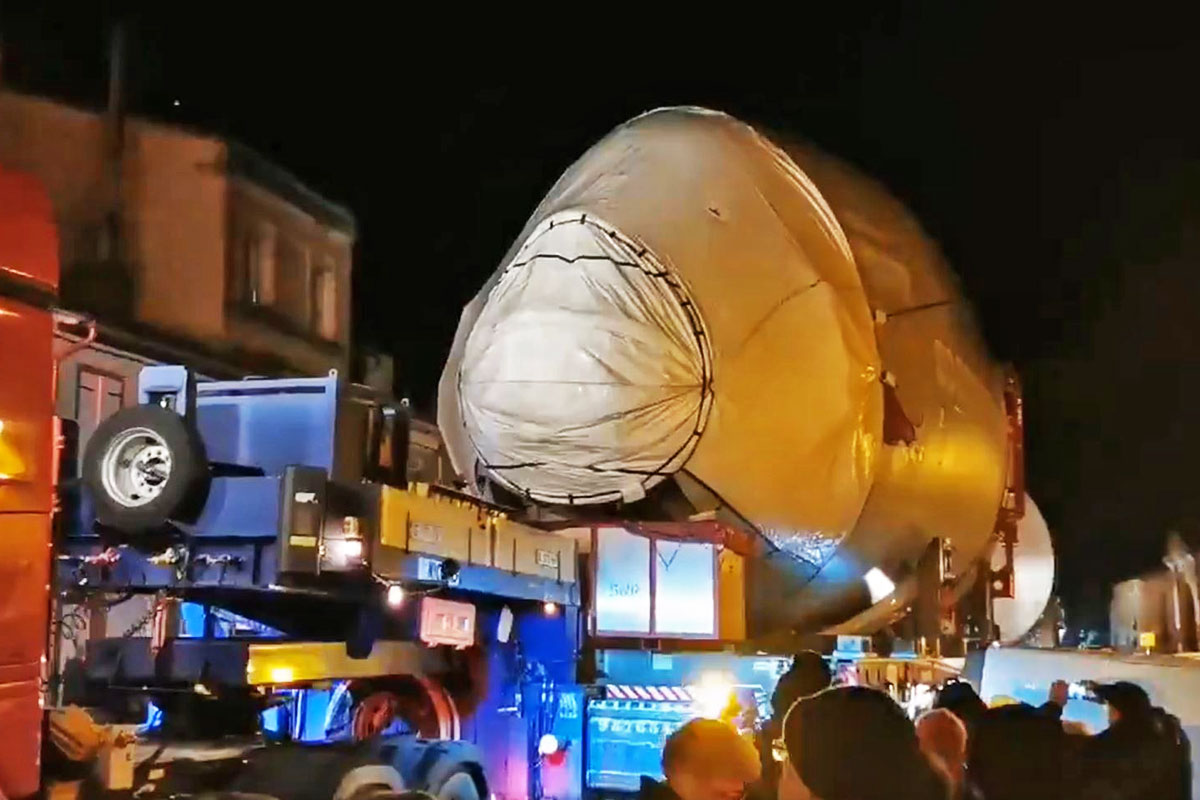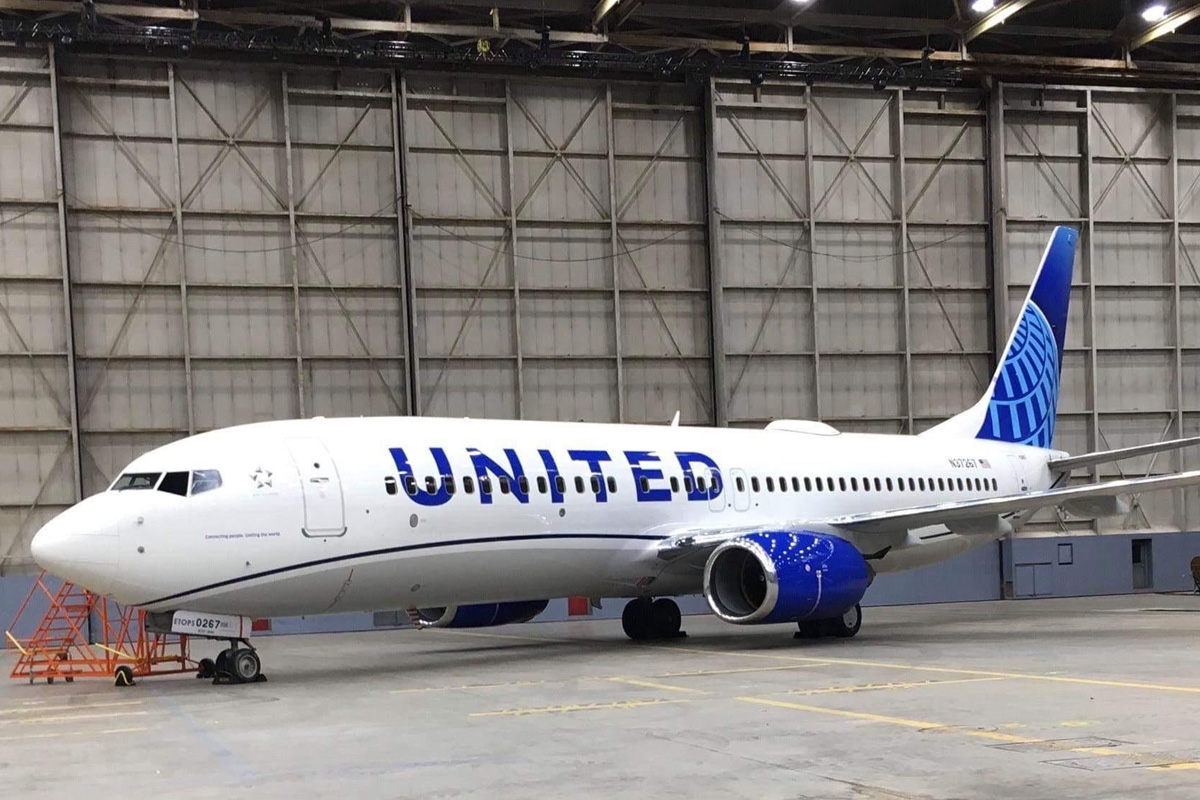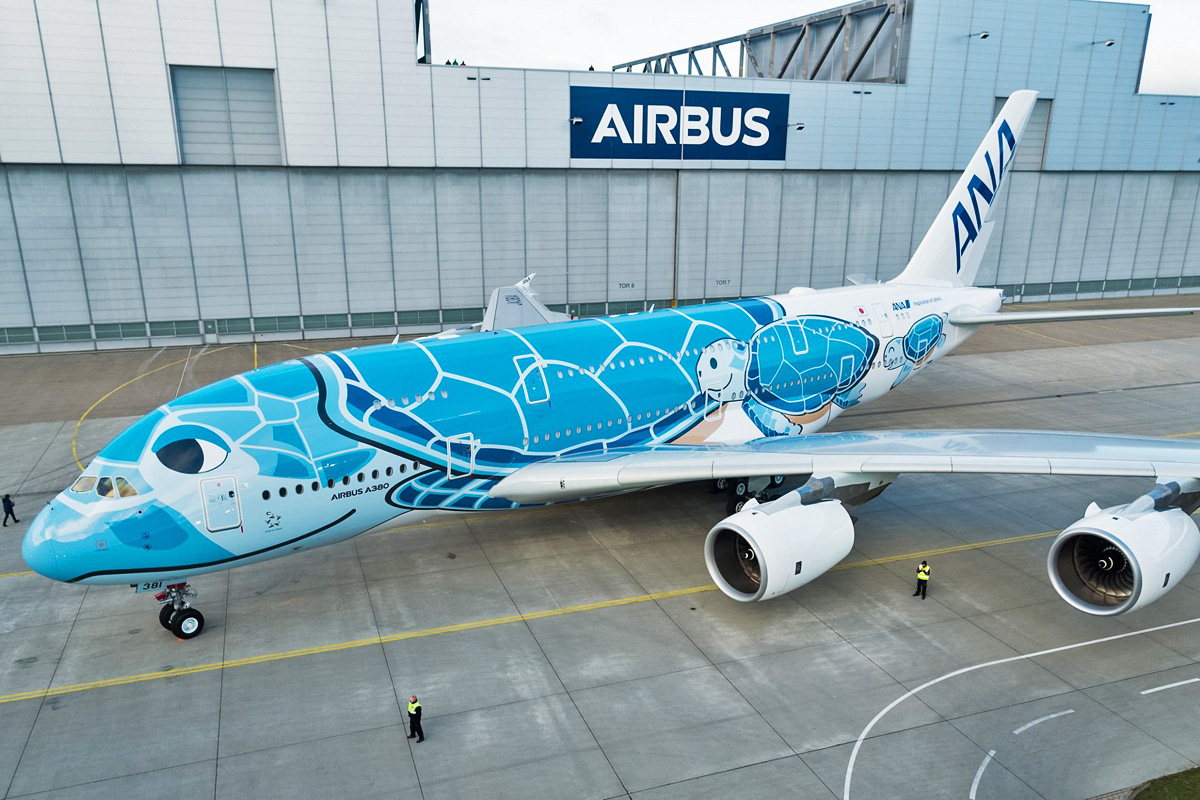In commercial aviation there is a fine balance that separates a successful aircraft from a failed one. A good airplane cannot be too big or small, depending on the routes on which it will operate, a kind of “band” of ideal performance. In the new generation of commercial jets, this interval has been smaller and more directed towards the top.
This means that the lower capacity variants of some well-known jets like the 737 and the A320 family are being ignored by customers. Airbus, for example, had until December 2019 only 84 units of the A319neo ordered. Meanwhile, the A321neo has 3,373 units and the A320neo, an impressive 3,938 aircraft.
At Boeing the situation is similar. The new generation 737, the best-selling jet in history, has more than 4,900 aircraft sold in its sales catalog. Of these, only 82 are from MAX 7, the smallest 737 today, chosen by three operators, UTAir, WestJet and Southwest, the largest customer of the Boeing plane. Even with the longest range in the family, the MAX 7 did not attract customers with its maximum 172 seat configuration.
The phenomenon is also noticed in the smaller jets. The A220, formerly the C Series, for example, has only 15% of orders for the A220-100 variant. Its competitor, Embraer, has so far sold 171 units of the new regional E2 jet, but none of them are of the E175-E2 variant, which is intended to replace the E175, the most successful of the aircraft family.
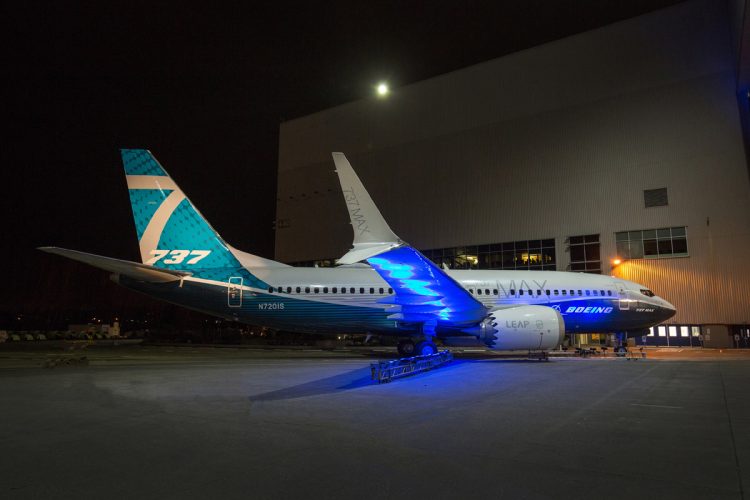
Fly far or with many passengers
According to an executive of a major airline interviewed by Airway, this trend should intensify in the future: “aircraft need to have a very advantageous ASK (Available Seat Kilometers) to be successful and some of these new models do not,” he explains.
In a simple way, a commercial jet has two ways to attract customers. The first is to take many passengers and the second, to have a very large range. Therefore, the balance of factors such as weight and fuel economy are essential.
The problem is that in a family of airplanes a model will have a larger structure than necessary. An A319, for example, keeps the wings and tail of the A320 without carrying the same number of passengers, the same situation as the MAX 7. There is a reduction in fuel consumption due to the lower weight, but this is not always worth it if there is no good load capacity. This is the case of the A319neo, which is estimated to have a cost per ASK about 10% higher than the A320neo, a margin that is difficult to cover in such a competitive market.
The growth of air traffic in recent years has contributed to airlines being able to fill airplanes that previously would not have been economically viable. A Boeing 737-800 can carry up to 183 passengers in a single class against 144 seats on the 737-700, more than 60% of the capacity of a 737-200.
In this scenario, the future looks uncertain for these “smaller brothers” of the main narrowbodies in the market. What Airbus and Boeing might not have expected is that this limit would be lower than expected. When they designed the new families, both eliminated the successors of the A318ceo and 737-600 from the project, even smaller and failed variants.
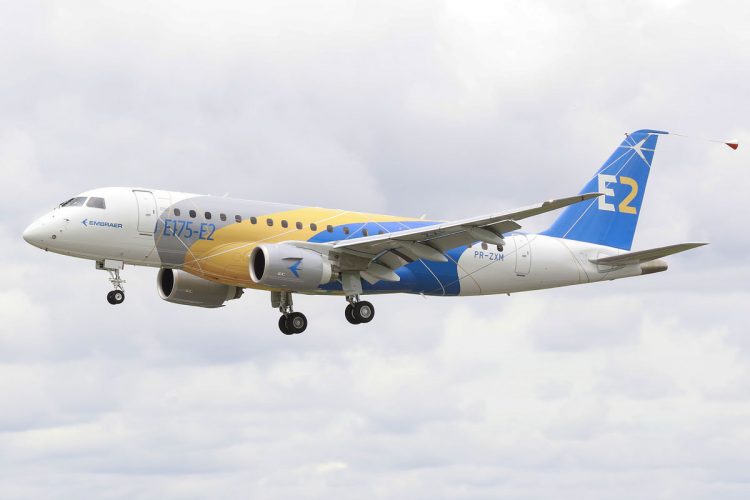
Between the Fokker 70 and 130
In the 1980s, the legendary Dutch planemaker Fokker challenged the supremacy of Boeing and Airbus with its regional jet Fokker 100. Derived from the F-28 model, the new plane offered a more suitable option for routes between less populous cities in addition to solutions that made it best suited to operate in less prepared airports like a ladder built into the front door.
The start of sales for the Fokker 100 was promising, with large orders from American Airlines and Brazilian TAM. The Dutch, then, envisioned a “jet family” based on the aircraft. Two options emerged from the drawing boards, the largest Fokker 130 and the smallest Fokker 70, with capacity slightly larger than the pioneer F-28.
Instead of facing Boeing and Airbus, the company preferred to explore the regional market with the smaller version for its bad luck. With a higher operating cost, the F-70 had few customers and only 47 units were produced against more than 280 copies of the Fokker 100.
In 1997, the assembly line for both was closed after a serious crisis by Fokker that ended up being incorporated into another German group. Would it have been a different story if you had chosen the Fokker 130?
